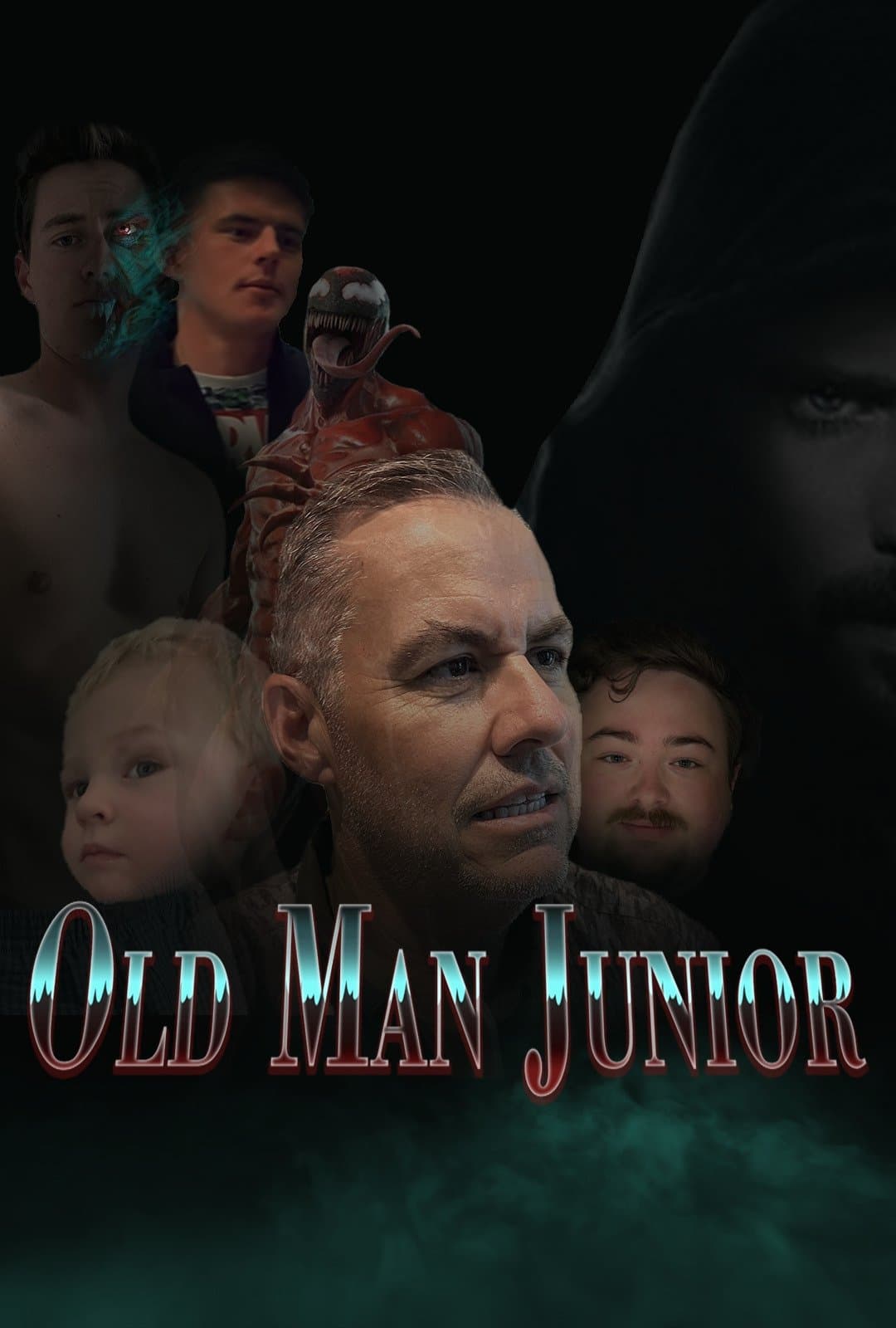The Great Indian Wars: 1540-1890
Jan 01 1999
•4h 50m
•Documentary, War, History
The year 1540 was a crucial turning point in American history. The Great Indian Wars were incited by Francisco Vazquez de Coronado when his expedition to the Great Plains launched the inevitable 350-year struggle between the white man and the American Indians. From that point forward, the series of battles between the military and civilian forces of the United States and the native American Indians began when blood was shed and ultimately tens of thousands of lives were lost on both sides. The Battle of Tippicanoe, the Battle of Horseshoe Band, all three Seminole Wars and the Battle of Little Big Horn were some of the most important conflicts that led up to the last massacre, the Battle of Wounded Knee, where America's landscape would be forever changed!
Cast
See allNo cast information found.
Recommendations
See all
Cosmic Chaos
Battles in virtual reality, survival in a post-apocalyptic wasteland, a Soviet spaceship giving a distress signal - Fantastic stories created with advanced special effects and passion.

Hello
Hello explores changes in two people’s working lives: a Mexican trash picker who separates and collects recyclable materials from landfills to sell by the kilo, and a German freelance computer-animation designer working for the advertising industry in Berlin. The double interview is controlled and manipulated by a computer-generated severed hand which Maria describes as an object once discovered in the trash while working in the violent northern town of Mexicali. This CGI hand was in turn produced by Max, who was born with no arms, and sought refuge in computer-imaging as a means to operate and manipulate a digital reality.

Old Man Junior
Morbius Jr, now an OId Man, is nearing the end of life, when he finds the last hope for all Morbkind. However, as he fights to protect the future of Morbheads, he finds himself facing off against an unlikely of enemy... HIMSELF.

34th Express
Fast train N34 went exactly on schedule. The passengers were quietly getting ready for bed when the empty compartment from the outstanding cigarette lit up the curtain. Soon the wagon caught fire. Disaster is imminent. Railwaymen and passengers are working together to prevent misfortune and save hundreds of people…